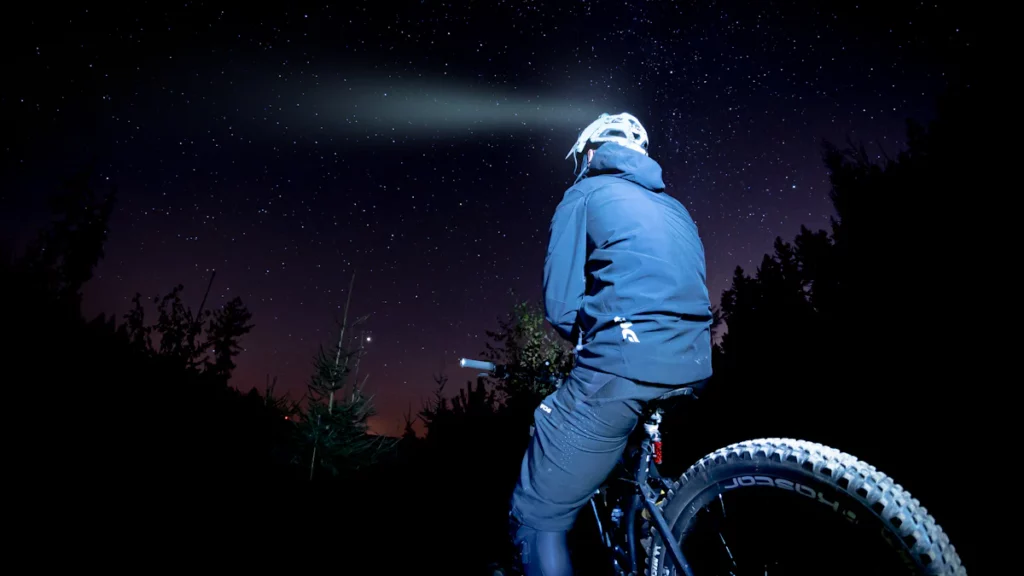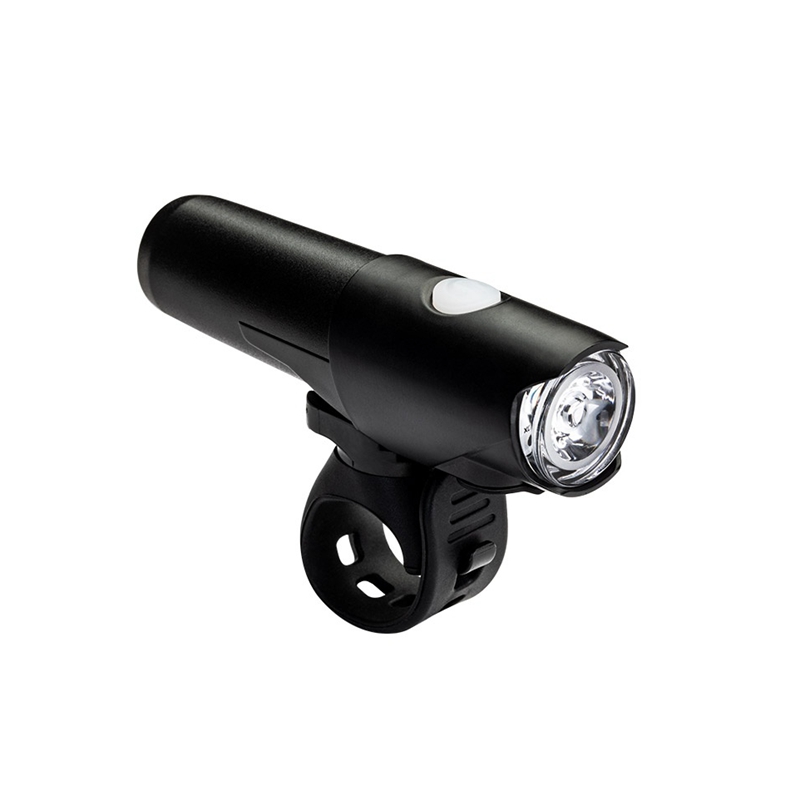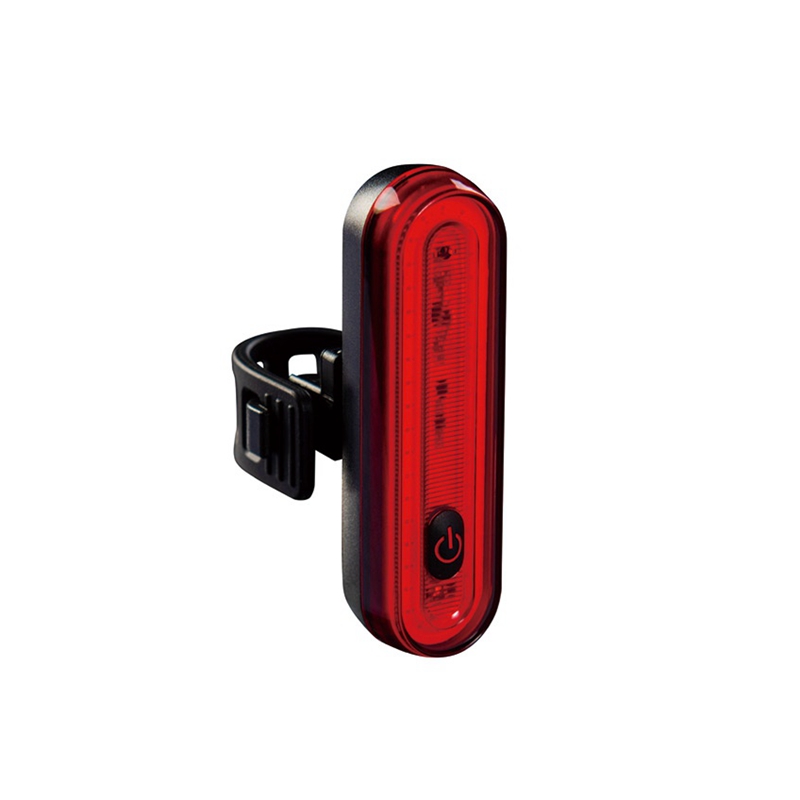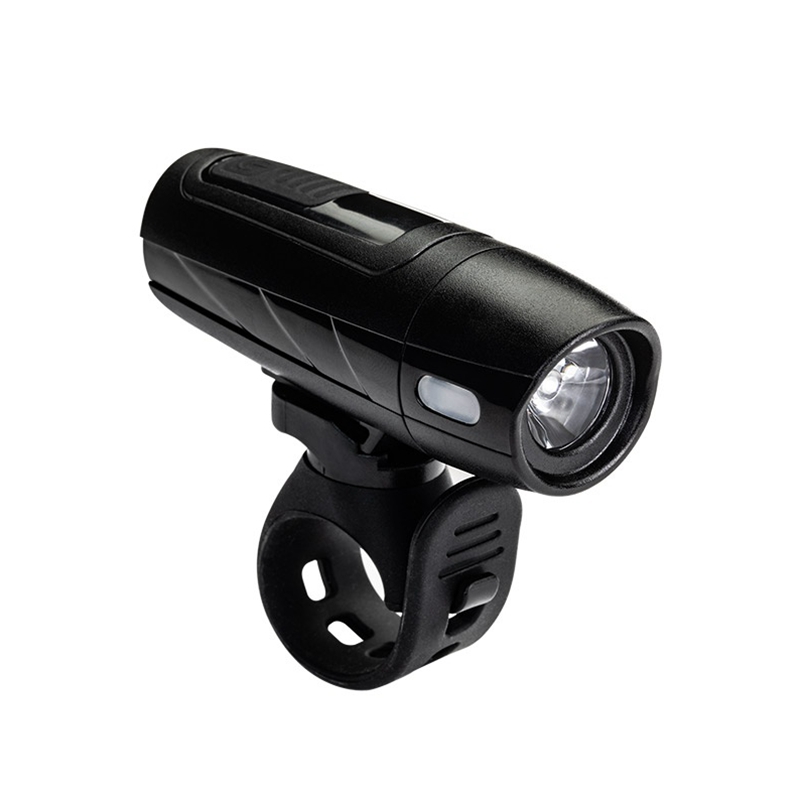Lumens measure the total amount of visible light emitted by a light source. لذلك, when choosing a bike light, lumen output is a crucial factor to be considered as it ensures adequate visibility and safety, especially during nighttime or low-light riding conditions. But what lumens for bike light do you need? This guide to lumens and their uses will help you make an informed decision. From urban commutes to off-road adventures, the ideal lumen output can vary depending on the time of day and your riding conditions. Let’s delve into the world of lumens and discover how to choose the right bike light for your needs.

What Are Lumens?
لامينات are a measurement of brightness in light sources, representing the total amount of visible light emitted per second. Unlike watts, which measure power consumption, lumens gauge the actual light output. The higher the lumen count, the brighter the light. This measurement is crucial when choosing light bulbs or fixtures, as it determines how well an area will be illuminated.
It’s important to note that while higher lumen ratings generally indicate a brighter light, they don’t provide the complete picture. Factors like beam pattern, distance, and runtime also play significant roles in a bike light’s effectiveness.
What Lumen Bike Light Do You Need?
When it comes to choosing a ضوء الدراجة, one of the most important factors to consider is the lumen output. Do you want to ask what lumen bike light do I need? Let’s find out.

Urban-commuting Use
When it comes to urban commuting, the ideal brightness for city riding differs from off-road adventures. In well-lit urban areas, a bike light with at least 100-lumen bike light is recommended to ensure you are visible to other road users without blinding them. Research suggests that for most urban riders, a moderate output of حول 350 لامينات is more than sufficient to navigate city streets safely.
علاوة على ذلك, when cycling in urban settings, it’s essential to consider the configuration of your front and rear lights. While your front light illuminates the path ahead, your rear light plays a crucial role in making you visible from behind. For urban commuting, a rear light with lower lumens compared to the front light can still effectively enhance your visibility without causing discomfort to drivers or pedestrians.
Off-Road Use
على الجانب الآخر, off-road cycling demands higher lumen outputs due to darker and more challenging terrains. When venturing into off-road trails, a 500-lumen bike light or more is recommended to provide ample illumination for navigating detailed terrain features effectively. عمومًا, off-road settings may require حتى 2000 lumen bike light for optimal visibility on rugged trails where ambient lighting is minimal.
Rural Use
Unlike well-lit urban areas, rural roads often lack sufficient ambient lighting, making it essential to have a bike light that can illuminate your path effectively. For rural use, experts recommend opting for a minimum of 300-lumen bike light to ensure you are visible to other road users and can spot potential obstacles in advance. The increased lumen output helps compensate for the darker surroundings typical of rural environments, providing you with enhanced visibility and safety during your rides.
One key difference between urban and rural settings is the need for higher lumen outputs due to the reduced presence of artificial lighting sources. While a 100-lumen light might suffice in the city, rural riders should aim for at least triple that brightness level to navigate dimly lit roads confidently.
علاوة على ذلك, you can choose a bike light with adjustable brightness settings. This feature allows you to customize the light output based on the specific conditions you encounter during your ride, ensuring optimal visibility without draining the battery unnecessarily.
What Is a Good Lumen for Bike Light?
When considering the appropriate lumen level for your bike light, it’s essential to align the brightness with the specific riding conditions you encounter. Different cycling environments require varying lumen outputs to ensure optimal visibility and safety throughout your rides.

Ideal Brightness for Different Riding Conditions
- Urban Commuting Lights: In well-lit urban areas, where ambient lighting is relatively abundant, bike lights ranging from 50 ل 200 لامينات are typically sufficient to enhance visibility without overpowering the surroundings. The focus here is on being seen by others on the road rather than solely illuminating your path.
- Rural Riding Lights: Experts recommend using bike lights with brightness levels between 400 ل 600 لامينات to navigate dimly lit rural environments effectively. This increased illumination helps you spot obstacles ahead and ensures other road users can see you clearly.
- Trail Riding Lights: For adventurous trail riders tackling dark off-road terrains, a bike light with 600+ لامينات is often necessary. The rugged nature of trails demands superior illumination to reveal intricate details and potential obstacles along the path. Higher lumen outputs provide the necessary visibility for a safe and enjoyable off-road cycling experience.
Recommended Lumen Bike Light in SHINE SOON
Now that you know the appropriate lumen for bike lights in various applications, the next is to invest in high-quality bike lights for your cycling business. ك bike light manufacturer that understands the importance of safety and visibility in cycling, SHINE SOON offers some top bike lights, from high-lumen bike lights to low-lumen ones, for B2B customers. Explore our range of top-rated bike lights with optimal lumen output tailored to meet your business needs and ensure rider safety.



| Product No. | تجويف | ميزة | مناسبة ل |
| TP-601255 | 30 تجويف | Rechargeable with USB Type-C | As a rear light indicator |
| TP-601178 | 100 تجويف | Rechargeable with USB Type-C | As a front light indicator |
| TP-601227 | 120 تجويف | ضد للماء | Urban commuting, evening rides, and moderate night cycling on well-lit roads or paths. |
| TP-601177 | 200 تجويف | With Light Sensor | Urban commuting, riding in low-light environments, or navigating busy roads. |
| TP-601253 | 800 تجويف | Rechargeable with USB Type-C | Urban commuting, evening rides, and moderate night-time cycling on well-lit roads or paths. |
خاتمة
ختاماً, a deep understanding of lumens is the key to choosing the right bike for cycling needs. Whether you are navigating busy city streets, exploring dark trails, or commuting in low-light conditions, a bike light with the appropriate lumen output can greatly enhance your visibility and safety on the road. Now that you have learned what lumens for bike lights, you can well-equip to handle any lighting conditions that come your way.
التعليمات
How many lumens for a good bike light?
A good bike light typically falls from 200 ل 1000 لامينات. For urban commuting or well-lit areas, 200-500 lumens may suffice, بينما 500-1000 lumens are recommended for nighttime or off-road cycling where greater visibility is needed. But for a low battery indicator, below 100 lumens is enough for the warning effect.
Can a bike light be too bright?
لا. Overly bright lights can blind or distract other road users, including motorists, pedestrians, and fellow cyclists, potentially causing accidents.
يكون 200 lumens bright for cycling?
نعم, 200 lumens is considered bright enough for cycling, especially in urban or well-lit areas. This brightness provides adequate visibility for the cyclist to see the road ahead and be seen by other road users, enhancing safety during evening rides or in moderate low-light conditions.
يكون 800 lumens bright for cycling?
نعم, 800 lumens is suitable for various riding conditions, including nighttime cycling, and commuting in low-light environments. But if you want to ride in off-road trails, 3000 أو 4000 lumens for the nighttime uses may be better.
يكون 1000 lumens enough for a bike light?
نعم. A 1000-lumen bike light is suitable for rural riding at night. It offers a powerful lighting solution that can help enhance safety and confidence while cycling in low-light or dark environments.

















